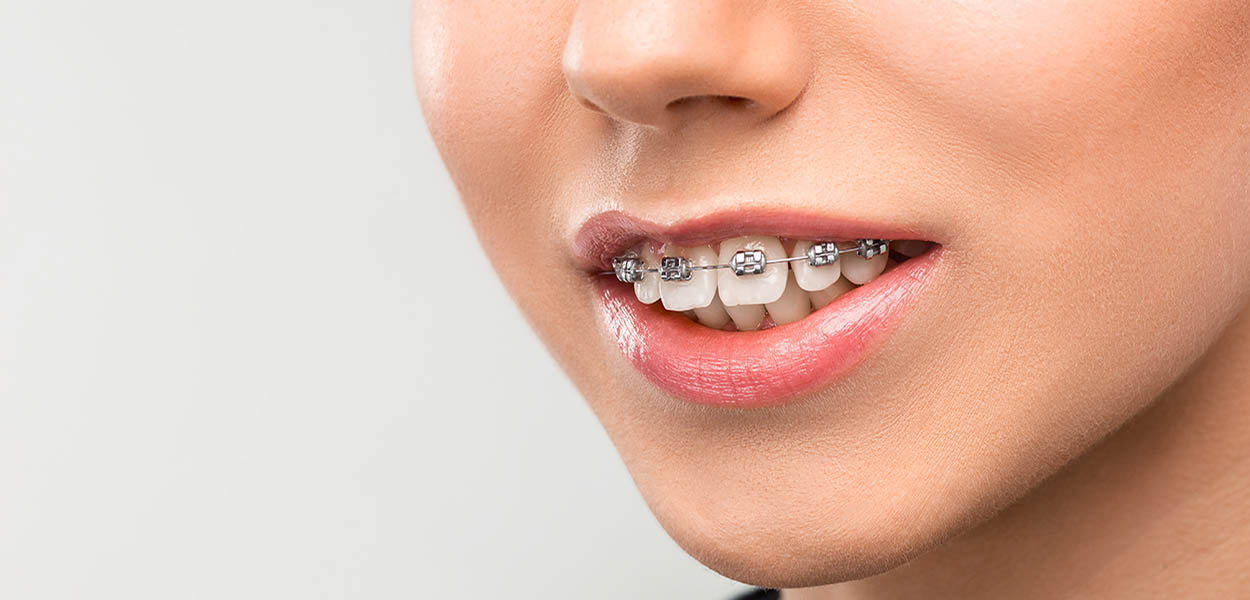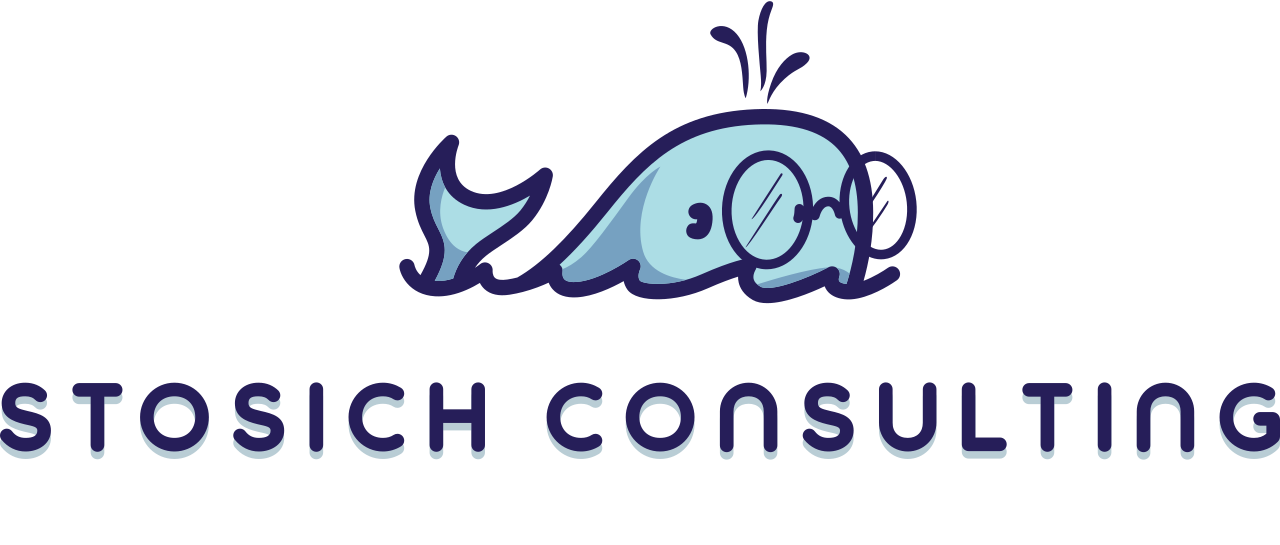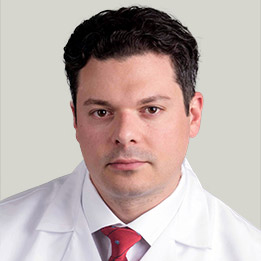Are Damon Braces for You?

Damon Braces belong to a class of braces called self-ligating brackets, of which there are many kinds. These brackets, have a locking mechanism that have been primarily designed to hold orthodontic arch wires.
Current evidenced based research (research that is conducted under scientific guidelines by independent investigators) published in reputable professional journals has conclusively shown that such braces do not speed up treatment nor provide better results. Much of the claimed efficiencies are unfortunately driven by marketing hype adding to the patients confusion in understanding what is best for them and unnecessarily adding to their treatment cost.
Another claim associated with such braces suggests that patients who have crowding do not need to have extractions. This again is a false claim. Extraction decisions are based upon a thorough analysis of the size of the teeth and the jaw bones to access whether teeth can be accommodated within the jaw bones without extraction. It is not the braces that determines this decision, it is a through diagnosis by the doctor and a plan of care that determines the possibility of extraction or non-extraction therapy.
It should be noted that currently more than 90% of the patients are potential candidates for non-extraction therapy.
Another claim associated with such braces is the idea that they produce gentler forces and less discomfort to the patient. Again, evidenced based research has shown this not to be true.
So in summary, Damon Braces have not been shown to decrease treatment time, discomfort, or the number of appointments.
The best advice to a patient when considering treatment is the focus on the doctor and the team rather then the type of braces the doctor uses. In other words, patients should evaluate:
1. The empathic skills of the doctor: does the doctor appear caring?
2. The communication skills of the doctor: does the doctor listen?
3. The knowledge of the doctor: is the doctor a specialist with university training? does the doctor subscribe to evidence based care?
4. The skill of the doctor: does the doctor plan care proactively and does he show the plan of care to the patient?
5. Patient testimonials provide a balanced perspective of their experiences.
References:
1- Songra, G., Clover, M., Atack, N., Ewings, P., Sherriff, M., Sandy, J., & Ireland, A. (2014). Comparative assessment of alignment efficiency and space closure of active and passive self-ligating vs conventional appliances in adolescents: A single-center randomized controlled trial American Journal of Orthodontics and Dentofacial Orthopedics, 145(5), 569-578 DOI: 10.1016/j.ajodo.2013.12.024
2- http://www.angle.org/doi/pdf/10.2319/112414837.1
3- http://www.angle.org/doi/pdf/10.2319/112414-838.1
4- Alignment Efficiency of Damon3 Self-Ligating and Conventional Orthodontic Bracket Systems: A Randomized Clinical Trial Scott et al. AJODO 2008; 134:470e1-470e.8
5- A Comparison of Rapid Palatal Expansion and Damon Appliance on Non-extraction correction of dental crowding. You, Tend, Gong, Chen, Qian. Shanghai You Qiang Yi Sue 2008 Jun; 17(3):237-42.
6- Effectiveness of the damon system in the treatment of nonextraction orthodontic cases, Said, Gaballah, El Shourbagy, Tanta Dental J 2016;13(1):18-27.
7- An assessment of conventional and self-ligating brackets in Class I maxillary constriction patients. Atik, Ciger. Angle Orthod 2014;84(4):614-22.
8- Evaluation of incisor position and dental transverse dimensional changes using the Damon system. Vajaria, BeGole, Kusnoto, Galang, Obrez. Angle Orthod. 2011;81(4):647-52.
9- Self-ligating vs conventional brackets in treatment of mandibular crowding: a prospective clinical trial of treatment duration and dental effects. Pandis, Polychronopoulou, Eliades. Am J Orthod Dentofacial Orthop. 2007;132(2):208-15.; Do you do Damon? What is the current evidence base underlying the philosophy of this system? Wright, Modarai, Cobourne Dibiase. J Orthod 38(3):222-30.


